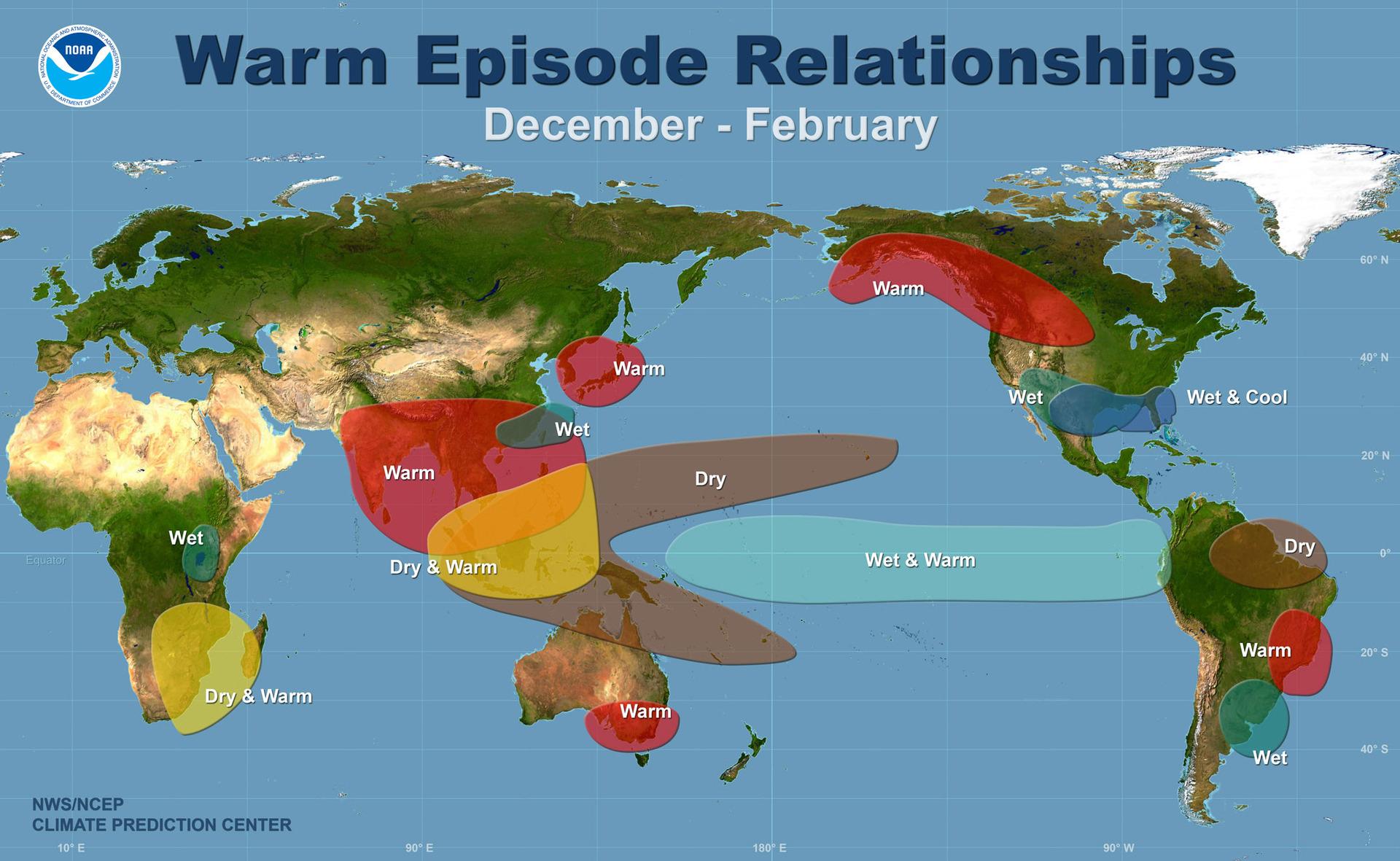A large patch of the Atlantic Ocean near the equator is cooling at unprecedented rates, baffling scientists who are accustomed to warming trends driven by climate change. This unexpected phenomenon has sparked curiosity and concern, as researchers scramble to understand what could be causing this anomaly.
A mysterious cooling patch in the Atlantic Ocean is challenging existing climate models.
A Rare Phenomenon Amid a Warming World

In a world where most climate reports focus on rising temperatures, the cooling of this section of the Atlantic stands out. It’s a stark contrast to the warming oceans that are contributing to more severe weather events, melting ice caps, and rising sea levels.
While global ocean temperatures are rising, this patch near the equator is cooling rapidly.
Scientists Are Scratching Their Heads

Climate scientists are puzzled by this cooling phenomenon. Despite extensive research, there is no clear explanation yet. Theories range from ocean currents to natural variability, but nothing definitive has emerged, leading to growing interest in what could be driving this cooling trend.
Scientists are investigating various theories to explain the mysterious cooling of the Atlantic Ocean.
What Could Be Causing the Cooling?

Some scientists speculate that shifts in the Atlantic Meridional Overturning Circulation (AMOC), a major ocean current, could be influencing the cooling. Others suggest that changes in atmospheric conditions, volcanic activity, or even natural cycles could be contributing factors. However, these remain educated guesses as research continues.
Shifts in ocean currents like the AMOC may be one possible explanation for the cooling patch.
Implications for the Global Climate System

The cooling patch could have far-reaching implications for the global climate system. If the cooling continues, it may disrupt weather patterns and influence everything from rainfall distribution to hurricane formation. Understanding this anomaly is crucial for predicting future climate changes.
Changes in ocean temperatures can have a significant impact on global weather patterns.
A Possible Connection to the El Niño Phenomenon

Some experts are exploring whether the cooling could be linked to the El Niño and La Niña phenomena, which are known to influence ocean temperatures. These natural cycles have a significant impact on global weather, and their interaction with this cooling patch could reveal more about the underlying causes.
The El Niño and La Niña phenomena may offer clues to understanding the cooling of the Atlantic.
The Role of the Deep Ocean

Another possible explanation lies in the deep ocean. Scientists are examining whether changes in the deep ocean’s heat content are rising to the surface, contributing to the cooling. This deep ocean influence is often overlooked but can play a vital role in regulating surface temperatures.
The deep ocean’s hidden currents could be influencing the cooling patch near the equator.
A New Challenge for Climate Models

Climate models, which help predict future climate scenarios, may need to be adjusted in light of this discovery. The cooling patch challenges existing models that generally predict warming, particularly in equatorial regions. This could lead to improvements in our understanding of ocean-atmosphere interactions.
The mysterious cooling patch may require adjustments to current climate models.
Long-Term Effects Are Uncertain

The long-term effects of this cooling patch are still unknown. While some anomalies in ocean temperatures can be temporary, this one has persisted long enough to raise eyebrows. Scientists are closely monitoring the region to determine if this cooling will have lasting consequences or if it’s a short-lived phenomenon.
The long-term impact of the cooling patch remains uncertain, but scientists are keeping a close watch.
A Climate Mystery Waiting to Be Solved

The cooling of this patch of the Atlantic is a reminder that the Earth’s climate system is incredibly complex and full of surprises. As research continues, scientists hope to unravel the mystery and gain new insights into how the ocean and atmosphere work together to shape our climate.
This cooling phenomenon presents an exciting challenge for climate researchers around the world.

